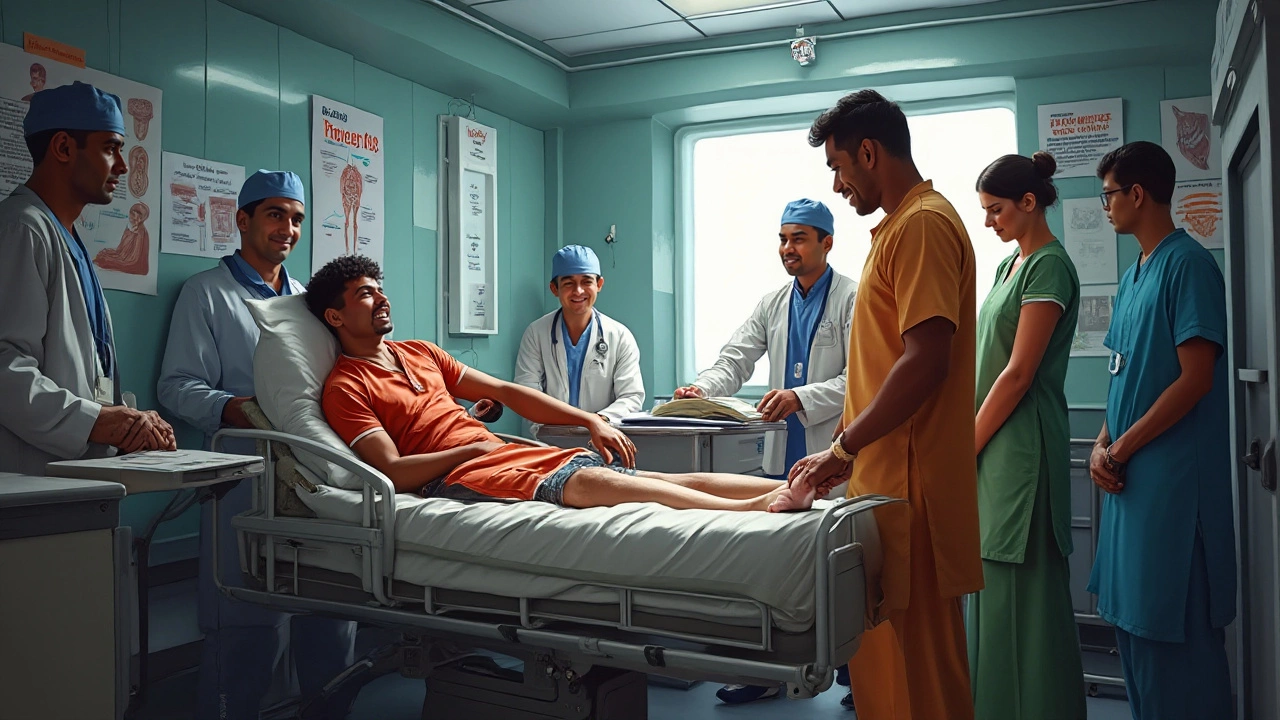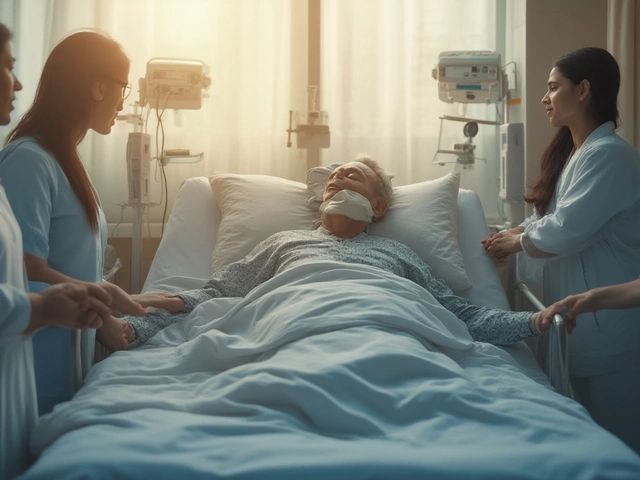Orthopedic Emergency: What to Do When Bones Break or Joints Dislocate
Got a sudden pain, a visible break, or a joint that looks out of place? That’s an orthopedic emergency, and acting fast can save you from long‑term damage. In India, emergency rooms are equipped to handle these injuries, but you still need to know the basics – when to call, what to expect, and how to protect the injured area until help arrives.
Common Orthopedic Emergencies in India
Most people think of broken bones only, but emergencies also include severe sprains, dislocated shoulders or hips, and crush injuries from accidents. In metro hospitals, doctors often order an X‑ray within minutes to confirm a fracture. For complex injuries like spine fractures or joint dislocations, a CT scan or MRI may follow to map the damage. These tests are typically covered under the emergency department fee, but out‑of‑pocket costs can rise if you need a private scan.
Another frequent case is a compound fracture where the bone pierces the skin. This not only needs immediate realignment but also antibiotics to prevent infection. If you’re in a small town, the nearest orthopedic trauma center might be a few hours away, so stabilizing the limb is critical.
First‑Aid Steps and When to Call the ER
First, stop any bleeding with clean gauze and apply pressure. If the limb is twisted or looks deformed, avoid moving it; use a splint or a rolled towel to keep it steady. Ice can help reduce swelling, but don’t apply it directly to an open wound.
Call emergency services (108) if you notice any of these red flags: severe pain that doesn’t ease with rest, numbness or tingling beyond the injury, loss of movement, or visible bone fragments. While waiting for the ambulance, keep the person calm and still, and note the time of injury – doctors need this information to plan treatment.
Once at the hospital, you’ll likely meet an orthopedic surgeon who will assess your condition, order imaging, and discuss treatment options. For simple fractures, a cast or splint may be enough. More serious breaks might require surgery with pins, plates, or screws, followed by a rehab plan that can last weeks or months.
Recovery starts with the right rehab. Physical therapy in Indian cities is often covered by health insurance for surgical cases, but private sessions can add up. Ask your surgeon about home exercises you can start early to keep muscles from weakening.
Remember, every minute counts in an orthopedic emergency. Knowing the signs, stabilizing the injury, and getting to a qualified center quickly will give you the best shot at a full recovery.

Understanding the Most Common Orthopedic Emergency: Fractures
Orthopedic emergencies demand fast and effective intervention to prevent long-term damage. Among these, fractures, specifically of the hip and lower limb, are the most frequent occurrences due to accidents, falls, and sports injuries. This article delves into why these fractures are so common, highlights the essential steps for initial management, and discusses the role of immediate care in promoting better recovery outcomes. Readers will gain insights into risk factors, prevention strategies, and the importance of seeking timely medical assistance.

7 Types of Mental Disorders You Should Know About
Mar, 17 2025

Which Country Has the Unhealthiest Diet?
Apr, 15 2025


